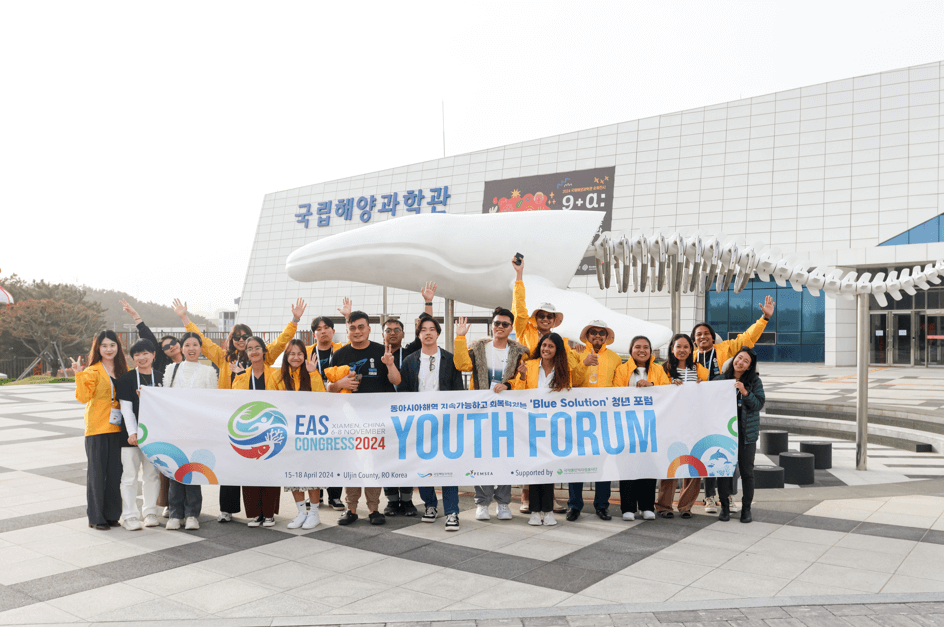PEMSEA joins International Partnership for Blue Carbon
Wednesday, 18 October 2017

Momentum is growing behind the concept of “blue carbon” and its impact on global carbon emissions contributing to climate change. Environment, research and academic circles have been talking about blue carbon for some time, and now governments are tuning in too. Blue carbon refers to the carbon that is sequestered and stored in the biomass or sediments of coastal ecosystems such as mangroves, tidal marshes and seagrass meadows. All three blue carbon ecosystems occur in East Asia and play an important role in food security, livelihoods and the resilience of coastal communities. When blue carbon ecosystems are degraded or lost, they can become significant emission sources, hence the need to improve the management of these ecosystems.
Following the release of its research report “Understanding Strategic Coastal Blue Carbon Opportunities in the Seas of East Asia” and its participation at the recent blue carbon workshop of the Coral Triangle Initiative, PEMSEA has been formally confirmed as a member of the International Partnership for Blue Carbon (IPBC). The workshop, held in the Philippines, was hosted by the Government of the Philippines and organized by some of the partners of the IPBC – the Government of Australia and Conservation International, with assistance from World Wildlife Fund and The Nature Conservancy.

The International Partnership for Blue Carbon aims to provide a forum for countries and organizations to benefit from the experience and expertise of the global community and develop an enabling environment for high quality, locally relevant approaches to protecting and restoring blue carbon ecosystems. IPBC, through organizations like PEMSEA, achieves this via building awareness, exchanging knowledge and accelerating practical action.
“By joining the IPBC, PEMSEA hopes to better link with the efforts of other governments, research organizations and NGOs both within and outside our region,” said Stephen Adrian Ross, PEMSEA Executive Director. “Being a part of the IPBC will help to ensure that our Country Partners in the region stay connected to the evolving international dialogue on blue carbon. Given the global importance of blue carbon in our region, we also hope that we can share what we are learning from our work on the ground with a broader network.”
PEMSEA’s research report—published in partnership with Conservation International, The Nature Conservancy and Silvestrum Climate Associates, and with support from the Global Environment Facility (GEF) and United Nations Development Programme (UNDP)—examines the status of coastal blue carbon ecosystems in the region, estimated losses and emissions impacts, how blue carbon fits within national climate commitments and policies and offers recommendations for interventions and opportunities for blue carbon finance. The report’s geographic focus is on countries in East Asia with coastal ecosystems. East Asia is a global hotspot for remaining coastal blue carbon ecosystems, but it is experiencing high rates of loss. It is also home to several coastal communities that are the most vulnerable to the effects of climate change.
About 50 countries have recognized the value of blue carbon in their Nationally Determined Contributions (NDCs) to the Paris Agreement. The NDCs are country commitments on climate change. The Partnership, over time, seeks to build awareness and capacity to enable additional countries to include blue carbon in their NDCs. Future actions will include accelerating project development at larger scales in priority regional “hotspots” and linking blue carbon projects with climate finance.
To download PEMSEA’s full report and learn more about blue carbon, visit this page.
For more information on the International Partnership for Blue Carbon, click here.



